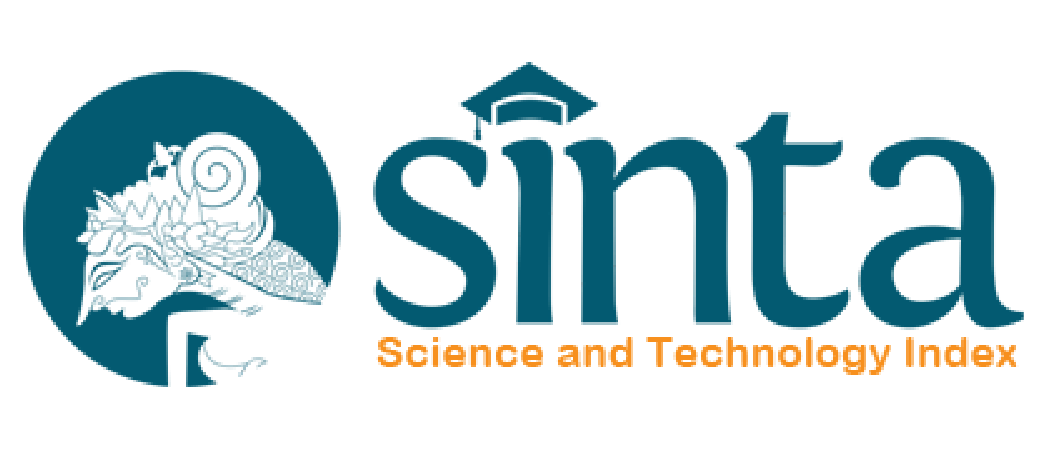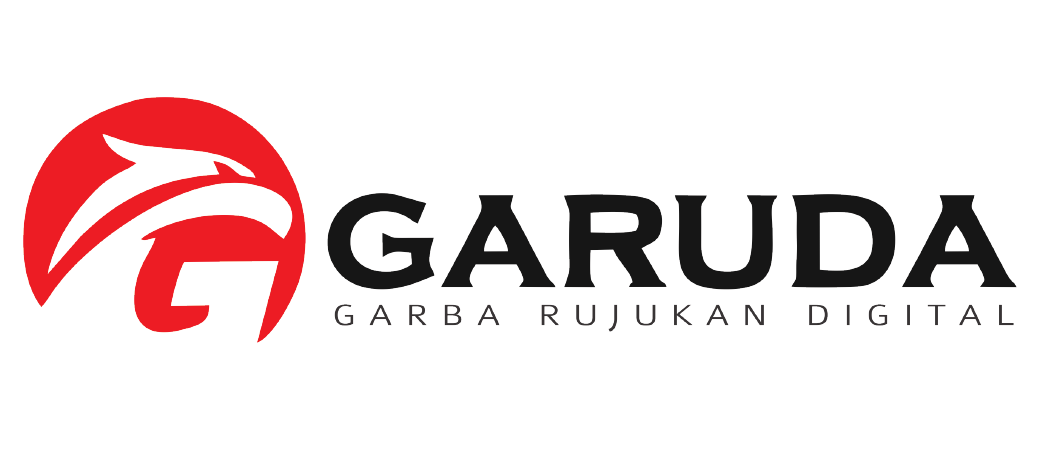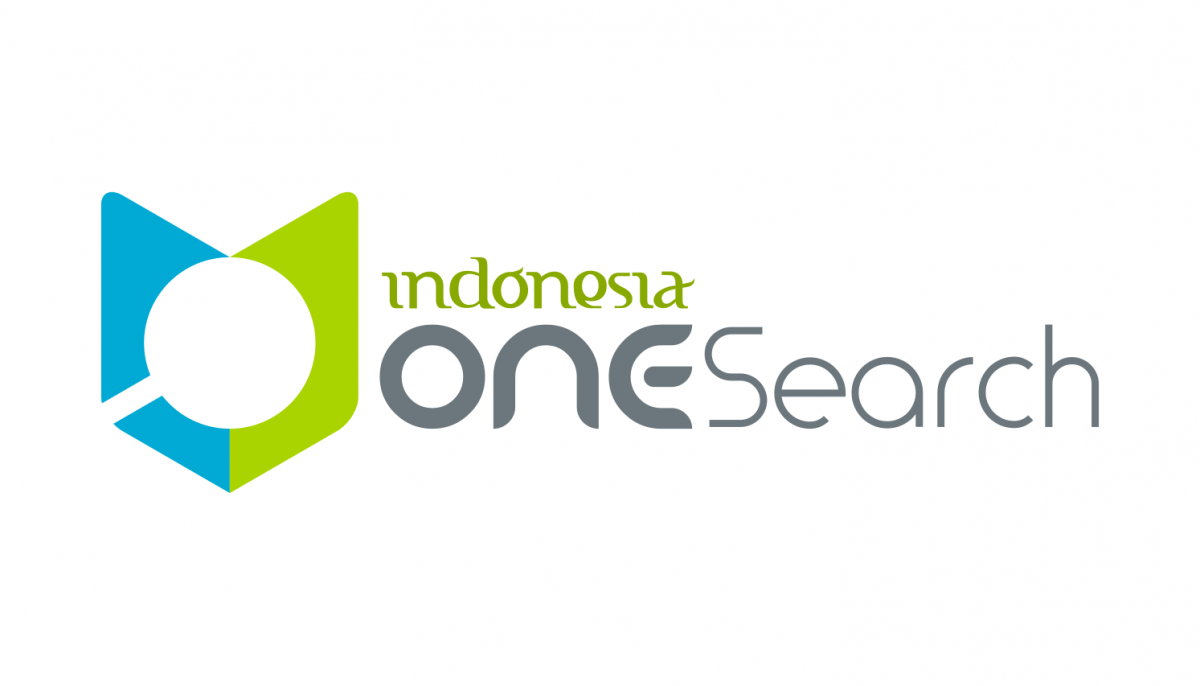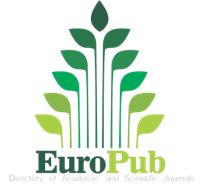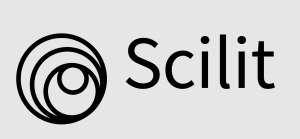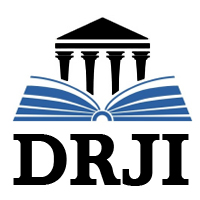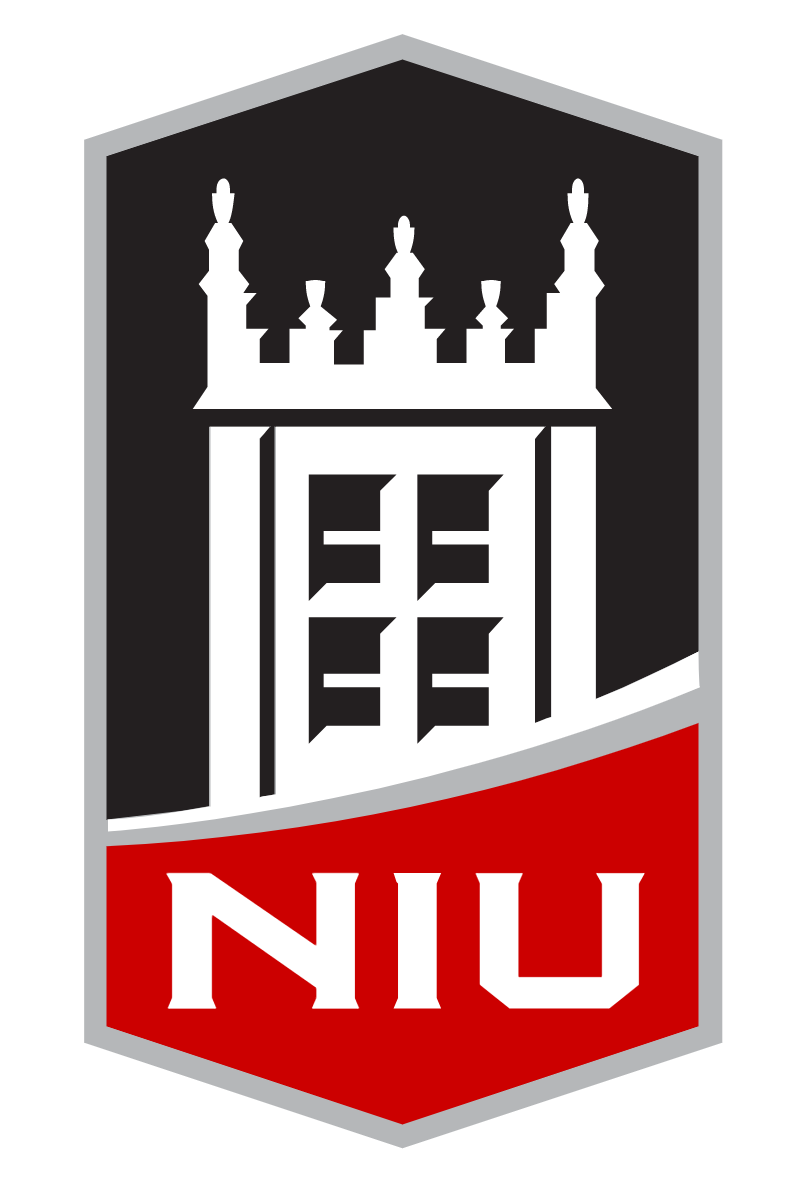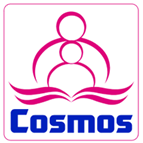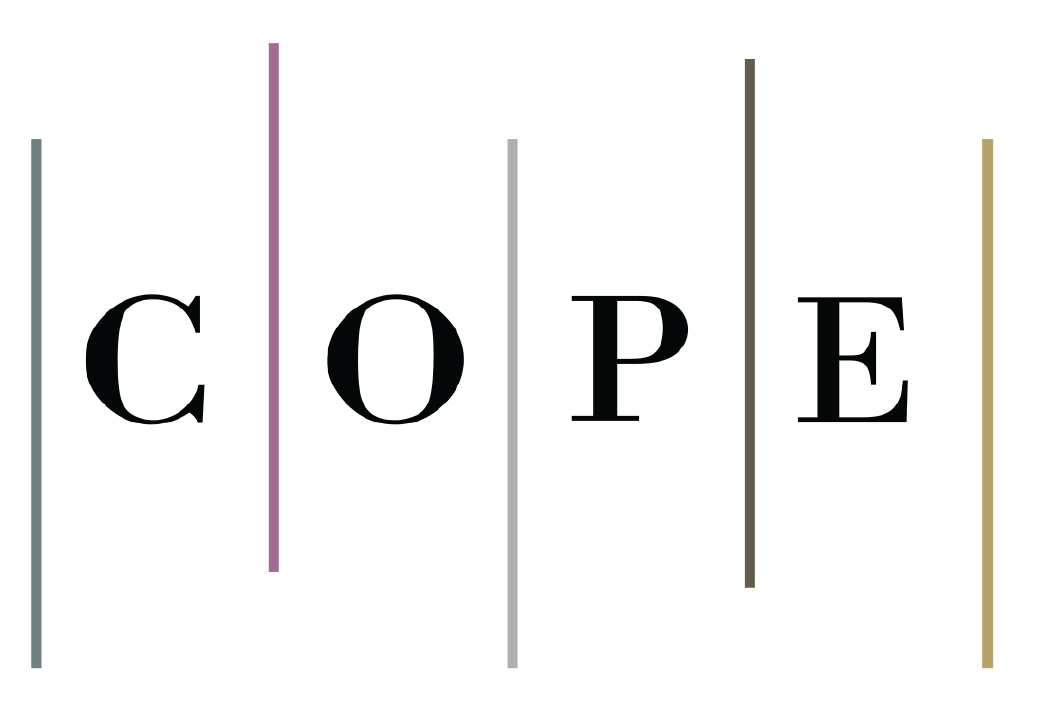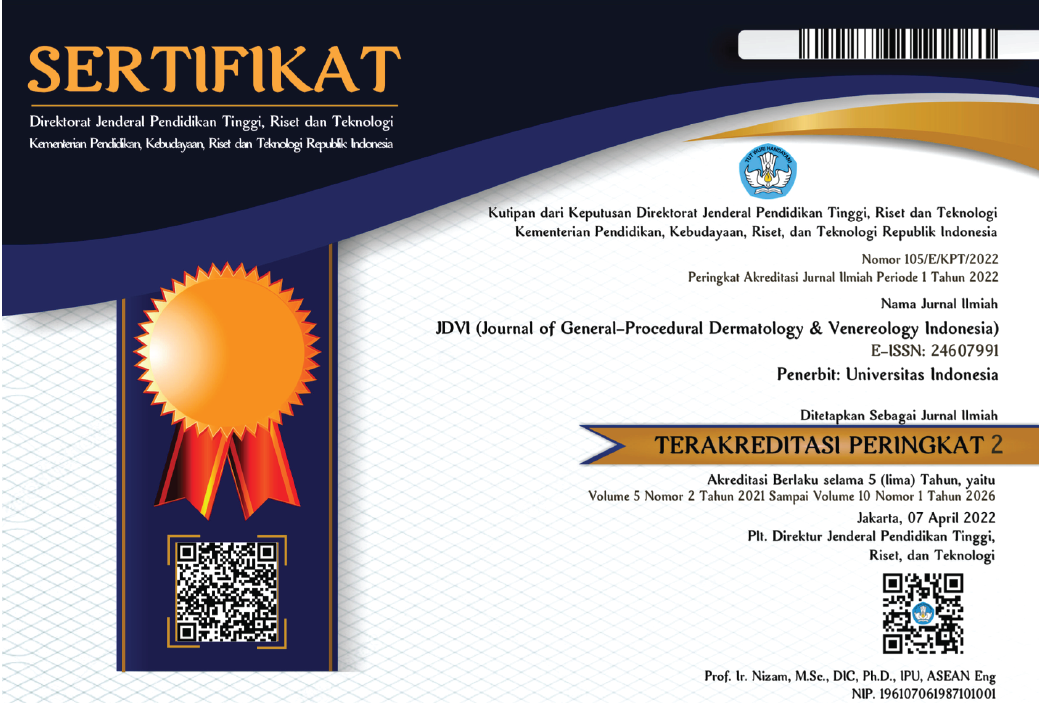Abstract
Background: Vitiligo is a skin pigmentation disorder, affecting approximately 1-2% population worldwide. Currently, there are wide varieties of treatment to achieve re-pigmentation, and phototherapy is one of the effective treatments. Narrowband ultraviolet B (NB-UVB) is administered twice a week according to the phototherapy protocol for vitiligo. Some vitiligo patients have difficulty following this schedule, leading to decrease of patient’s compliance. Therefore, we performed study comparing the efficacy of phototherapy frequency, once a week and twice a week NB-UVB in vitiligo.
Methods: This preliminary study divided 10 patients into 2 groups of 5 patients each with randomized, double-blind method. Group A was scheduled for NB-UVB phototherapy twice a week while Group B was scheduled for once a week. All patients received topical desoxymetasone cream once daily. Re-pigmentation were compared using Vitiligo Area Scoring Index (VASI). VASI was graded as good (≥25%), moderate (10-24%), and poor (<10 %) responses. Evaluation for melanin index for each lesion was assessed by Mexameter® and cumulative doses of phototherapy were compared.
Results: Thirty-seven lesions were treated on face and neck, trunk and extremities. Good responses were obtained in 14.29% group A patients and 13.04% group B patients. The mean of cumulative doses phototherapy in group A was 850 mJ/cm2, whereas group B was 800 mJ/cm2. There was no significant differences (p>0.05) between both groups in terms of re-pigmentation, cumulative doses of phototherapy, and melanin index.
Conclusion: In vitiligo, once a week NB-UVB phototherapy appears to be as efficacious as twice a week treatment schedule.
Recommended Citation
Utami, Retno Dwi; Murti, Mira Trisna; Risman, Muhammad; and Kusumawardhani, Arie
(2018)
"Double-blind randomized trials once a week narrowband ultraviolet B (NB-UVB) phototherapy in vitiligo,"
Journal of General - Procedural Dermatology and Venereology Indonesia: Vol. 2:
Iss.
3, Article 4.
DOI: 10.19100/jdvi.v2i3.93
Available at:
https://scholarhub.ui.ac.id/jdvi/vol2/iss3/4
Included in
Dermatology Commons, Integumentary System Commons, Skin and Connective Tissue Diseases Commons



